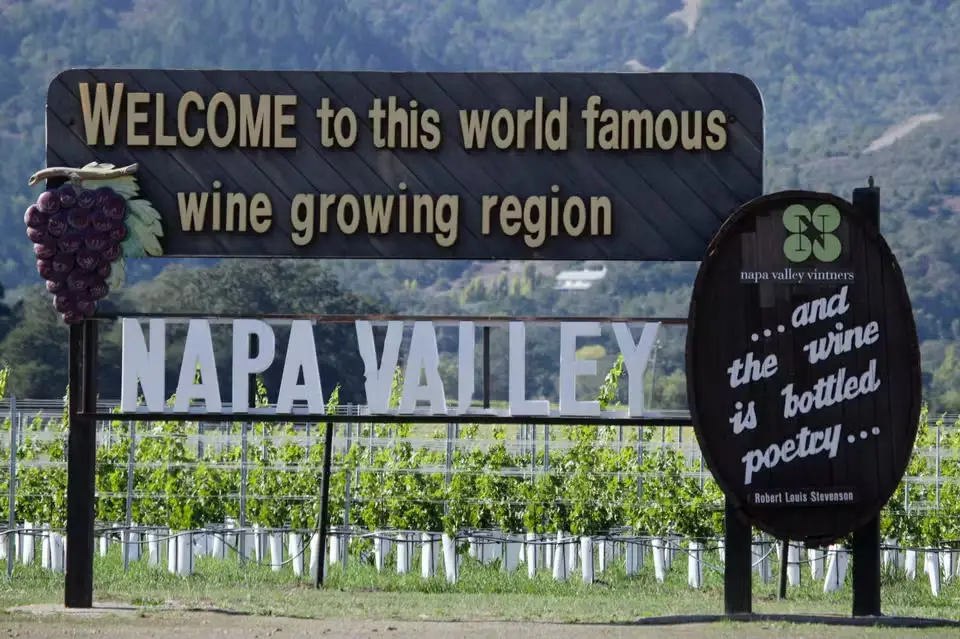How to Enjoy Wines from Top Wine Regions On a Budget
In the world of wine, not all bottles are created equal. Some wines carry more fame, prestige, and status for good reason, whether because they were favored by noble families and aristocrats centuries ago or because they age beautifully over time. While regions like Burgundy, Champagne, and Barolo often come with a hefty price tag, enjoying premium wines from these prestigious areas on a budget is not a mission impossible.

A shelf of wines (Photo: Oleksandr Gamaniuk, Unsplash.com)
Look for Lesser-Known Subregions
The real estate golden rule of "location, location, location" also applies to wine. The best terroirs are always the most sought after, and therefore the most expensive. This isn't just due to land costs, but also the premium you pay for fame, prestige, and the laws of supply and demand. However, some lesser-known subregions produce wines that can rival the best from their regions, especially with the impact of climate change today. These subregions are gaining traction due to their potential for producing high-quality wines.
Take Burgundy as an example. The region offers far more than you might expect. If you're in search of premium Burgundy, look beyond the renowned villages of Côte de Nuits and Côte de Beaune. Villages like Fixin, Saint-Aubin, or Saint-Romain offer wines with better value compared to Vosne-Romanée or Puligny-Montrachet. Many well-established Burgundy producers offer selections from these lesser-known villages at half the price of wines from the famous areas.
Outside Côte de Nuits and Côte de Beaune, the two Hautes-Côtes—Hautes-Côtes de Nuits and Hautes-Côtes de Beaune—are rising stars. Situated on the hills west of the Côte d'Or, these areas have higher elevations, which, combined with lower land costs and a cooler climate, have turned them into Burgundy's land of promise. In recent decades, these regions have attracted both prestigious wineries and young talent eager to push the boundaries of winemaking potential. While the wine styles of the Hautes-Côtes may vary among producers, and these wines may not quite match the complexity and grandeur of Burgundy's top crus, they offer remarkable elegance and finesse. With prices around $30, these wines provide the vibrancy and drinkability that make them enjoyable even in their youth.
Small Producers and Cooperatives
Although wines from top regions can often be out of reach for many wine lovers, good wines at more accessible prices are still available from other producers in those regions. The key to finding good-value wines from prestigious regions is to either think small or think big.
Small, independent wineries, run by hands-on winemakers with a low-intervention approach, often produce excellent wines at affordable prices. For example, in Champagne, you can find great deals under $45 from grower-producers, who focus on fruit quality and artisanal methods rather than expensive branding and marketing. The downside is that these small-scale bottles may not be widely available, but visiting a specialized wine merchant can uncover these hidden gems.
On the other hand, if you prefer something more widely available with a consistent taste profile, cooperative wines are a great option. Cooperatives play a significant role in Europe's wine industry. They bring together resources, employ dedicated winemaking teams, and work with dozens (or even hundreds) of wine growers to produce wines under a unified brand. This lowers production costs while still offering good quality for the price.
Second Labels or Entry-Level Options
If you're set on enjoying wines from a famous winery in a top wine region, consider second-label wines. In regions like Bordeaux and Tuscany, many reputable estates produce second-label wines. These wines are often made from grapes grown on the same estate, by the same team, and using similar techniques. However, the grapes may come from younger vines or those that didn't meet the cut for the first label or "Grand Vin." For instance, Ornellaia offers a second wine, Le Serre Nuove dell'Ornellaia, which is a more approachable version of their renowned Tenuta dell'Ornellaia. The second label is also an introduction to the wine estate, giving the impression of what the estate tastes like.
Dear VinoVossers, as the world of wine continues to evolve, opportunities abound for discovering hidden gems that offer incredible value. By thinking outside the well-trodden paths of famous terroirs and seeking out more affordable alternatives, wine enthusiasts can indulge in exceptional bottles that deliver both character and elegance. After all, it's the taste that really matters!
Sylvia Ba



